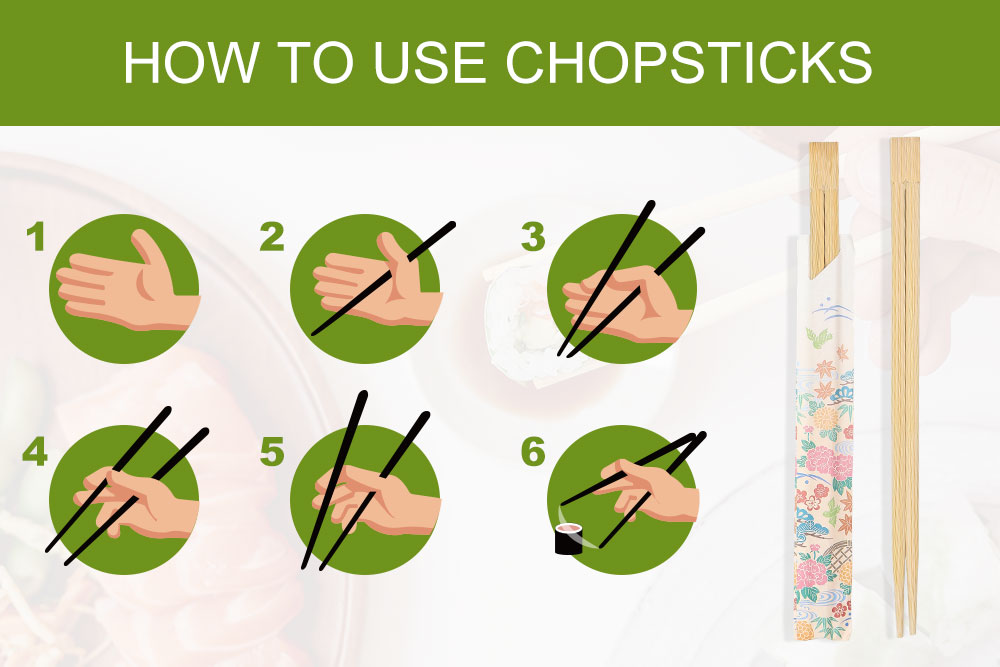The Cultural Significance of Chopsticks: A Unique Dining Tradition
Dec 07 , 2023
Chopsticks, also known as "kuàizi" in Chinese, are one of the most iconic cultural symbols in East Asia. With a history spanning thousands of years, these slender utensils have not only served as eating tools but also played a significant role in shaping the dining traditions and social customs of various Asian cultures. In this blog post, we will explore the cultural significance of chopsticks and their enduring legacy.
1. Historical Significance:
The use of chopsticks dates back to ancient times, with archaeological evidence suggesting their existence as early as 1200 BCE in China. Initially, chopsticks were primarily used for cooking and serving food. However, as culinary practices evolved, they gradually became widely adopted for eating as well. This transition marked a shift towards a more communal dining experience, where dishes were shared among family members or friends.
2. Symbolism and Etiquette:
Chopsticks hold symbolic meanings in different cultures. In China and other East Asian countries, they represent harmony, balance, and respect for nature. The shape and size of chopsticks can vary across regions, reflecting cultural diversity. Moreover, mastering proper chopstick etiquette is considered a mark of refinement and good manners. From holding them correctly to not crossing them on the table, observing these customs demonstrates respect for both the food and fellow diners.
3. Social Bonding and Sharing:
The use of chopsticks promotes a sense of togetherness and sharing. Unlike forks or spoons, which separate food into individual portions, chopsticks encourage people to eat from communal dishes. This communal style of dining fosters closeness and reinforces the concept of sharing. It is common to see families and friends gathering around a table, picking up their favorite morsels with chopsticks and engaging in lively conversations.
4. Health and Sustainability:
Chopsticks are often made from renewable and natural materials like bamboo or wood, which are biodegradable and eco-friendly. Compared to single-use plastic utensils, which contribute to pollution and waste, wooden chopsticks offer a sustainable alternative. Additionally, the act of using chopsticks requires a slow and deliberate eating pace, which can promote mindful eating habits.
5. Cultural Adaptations:
Chopsticks have also made their way into international cuisines, transcending cultural boundaries. Many Western restaurants now provide chopsticks alongside traditional cutlery, allowing customers to experience a different cultural dining style. This cross-cultural exchange not only introduces new flavors but also encourages mutual understanding and appreciation.
Conclusion:
Chopsticks are more than just eating utensils; they represent a rich cultural heritage that spans centuries. From their historical roots to modern-day adaptations, chopsticks continue to be an integral part of Asian cultures, promoting social bonding, sustainability, and the art of communal dining. So, the next time you pick up a pair of chopsticks, take a moment to appreciate the cultural significance and enjoy the unique experience they offer.

